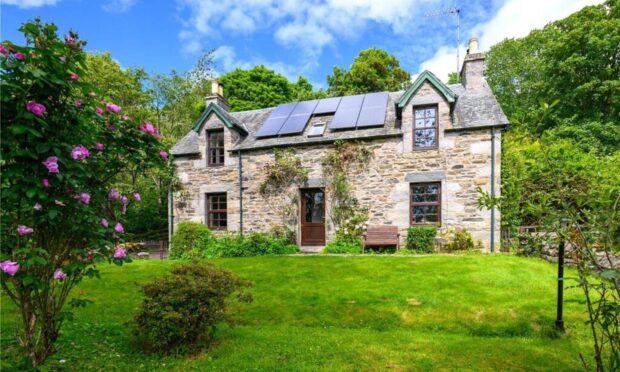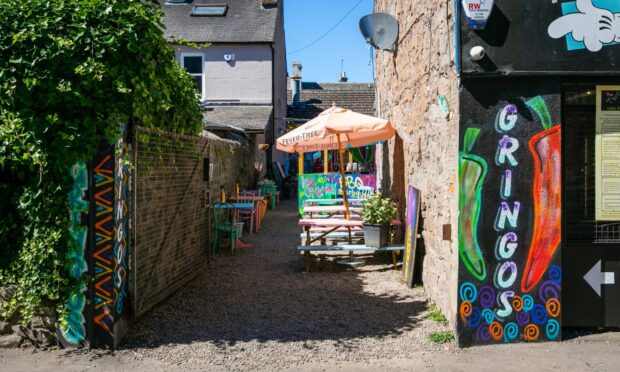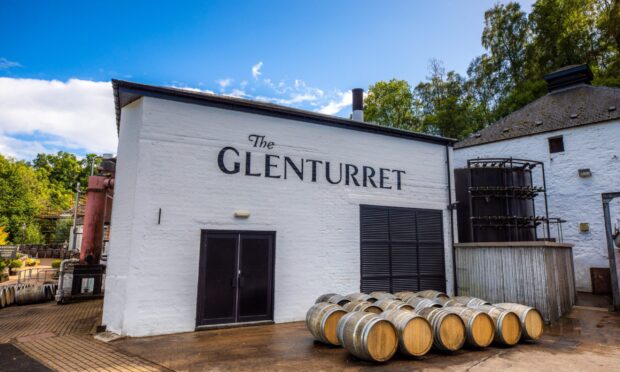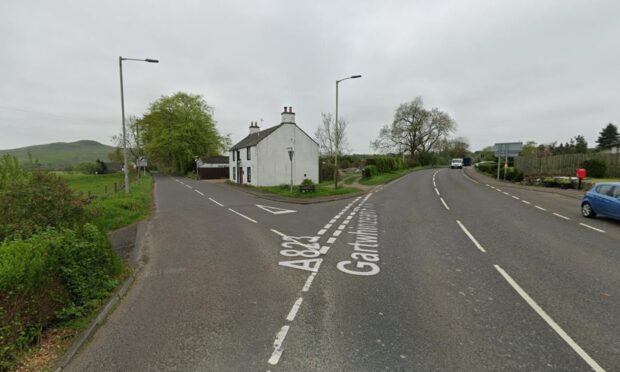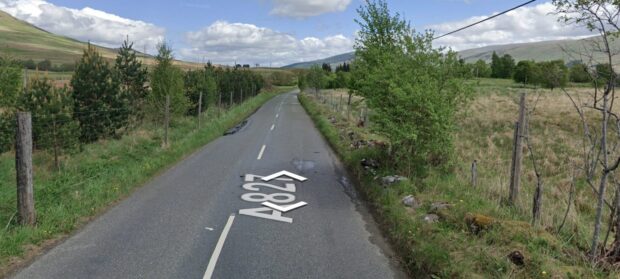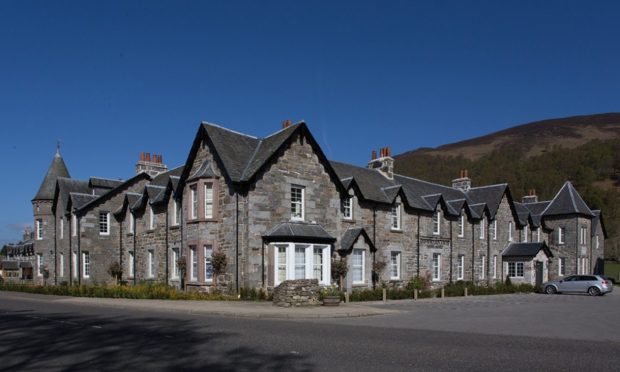Am I alone in viewing wind farms as things of beauty?
Languidly turning, gently capturing the energy of the breeze, I could happily watch the mesmerising turbine blades for hours.
Objectors claim it is the “industrialisation” of the countryside but surely there has been an ongoing transformation of the great outdoors for centuries.
What we see now across Scotland can bear little relation to the countryside of hundreds of years ago when woods were so dense that travel was much easier by water.
Felling the trees, clearing ground for crops and livestock, building walls, constructing dams and erecting pylons — man’s impact on the countryside is to be seen everywhere.
Does the presence of wind farms — which generate electricity without the need to burn polluting fossil fuels or rely on nuclear power stations — really spoil people’s enjoyment of the countryside?
This was the essence of a debate in Perth last week when objectors to an 11 turbine proposal north of Alyth claimed it would have such an impact that once viewed, visitors would swear to never visit Perthshire again.
While those who spoke were obviously sincere in their assertions and upset at the prospect of the view changing, those in favour said the argument didn’t bear scrutiny.
Councillor Bob Ellis who has championed Perthshire’s countryside as an asset — he co-founded the Cateran Trail which now attracts 8,000 walkers a year to the Blairgowrie area — said a mass exodus of tourists simply wasn’t happening.
“The area has never been as busy as far as accommodation is concerned,” he told the councillors debating the project.
Mr Ellis is also involved with ferrying walkers from wherever they are staying to the trail, a chance to quiz tourists on any downsides to their stay and an opportunity which he never fails to take.
“Nobody since 1999 has said anything about wind farms,” Mr Ellis told the meeting.
Councillors remained unconvinced however and the committee voted by a majority to reject the proposal — along with the £7 million boost to the local economy during construction and the £165,000 a year which would have been paid into a community fund benefiting communities in the Blairgowrie and Alyth area.
The company is considering its position and may appeal if they think they will get a more sympathetic hearing at national level — a well-trodden path for the persistent developers.

